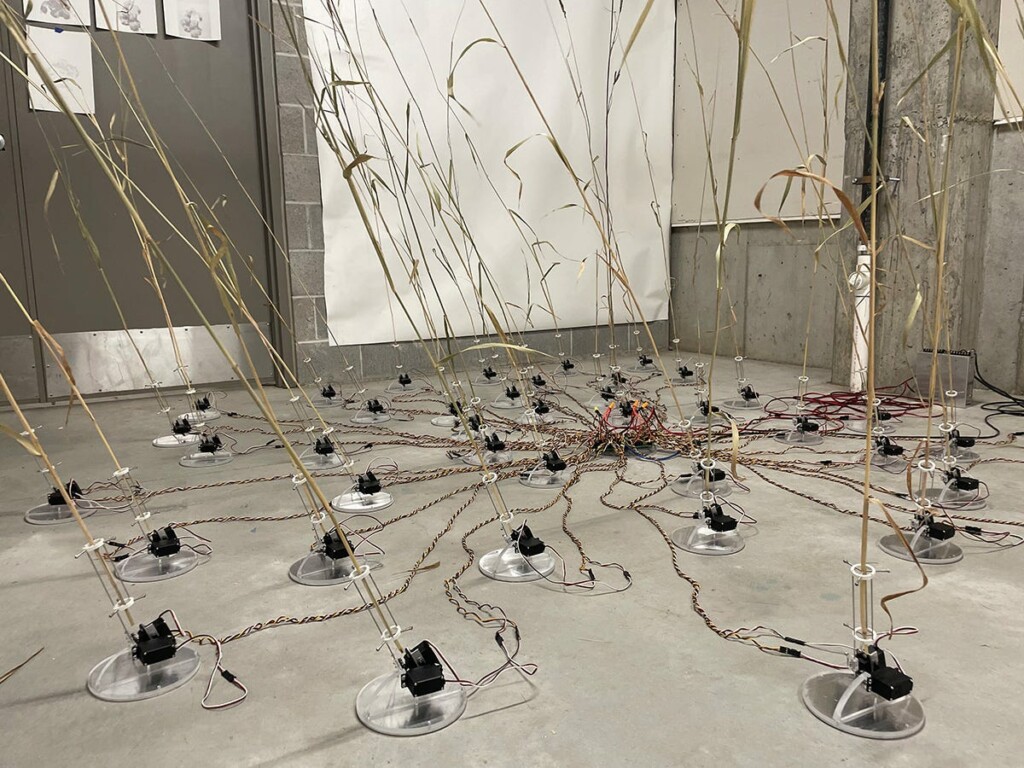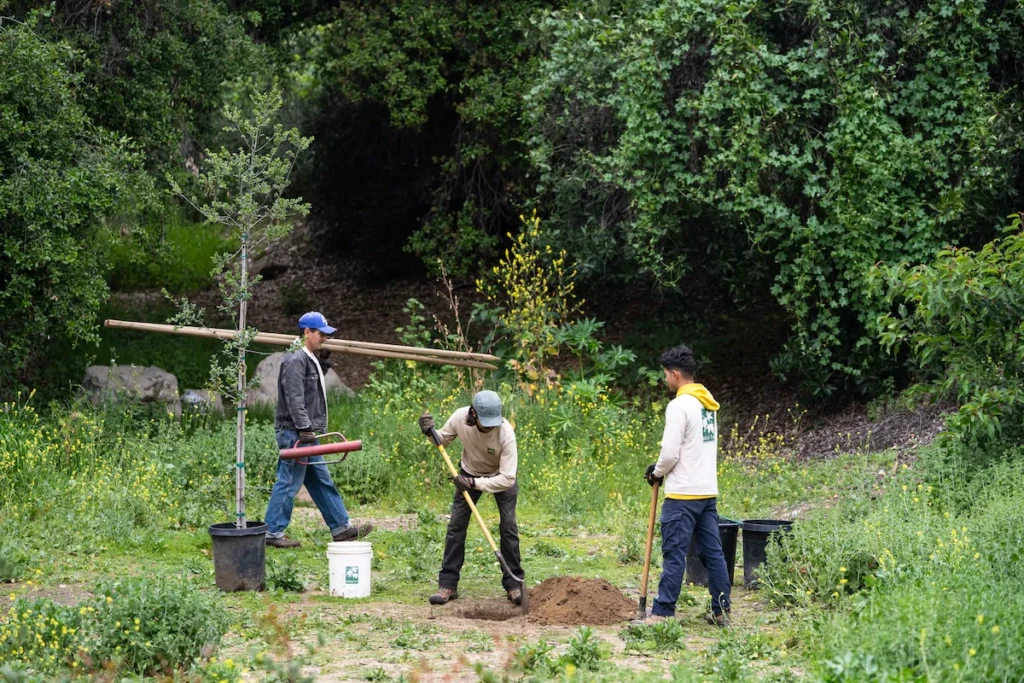Getty’s PST ART initiative is a major event in the American West Coast art world. Scheduled every five years, its aim is to support and promote the artistic landscape of Southern California. September marks the start of its third edition, under the theme PST ART: Art & Science Collide, which will run for 5 months. At the intersection of art, science and ecological urgency, this edition explores the technological mutations underway and reminds us of the role of art in the fight against the inequalities caused by environmental degradation. PST ART: Art & Science Collide works on two fronts: programming and eco-design.
70 exhibitions linking science, art, technology and the environment
The 70 exhibitions that make up PST ART: Art & Science Collide, featuring over 800 artists, address issues such as climate change, sustainable agriculture, environmental justice, biotechnology, artificial intelligence and indigenous cosmologies. The program is complemented by educational activities, science exhibitions and participatory art projects.
One of the event’s notable partners is none other than NASA: scientists from the Jet Propulsion Laboratory have collaborated with artists such as David Bowen and Saskia Wilson-Brown to creatively present scientific data and make complex climate topics more accessible to the general public. Their work is featured in the exhibition “Blended Worlds: Experiments in Interplanetary Imagination” (September 21, 2024 – January 4, 2025) at the Brand Library & Art Center in Glendale, California. Bowen’s installation ‘tele-present wind (Mars version)’ features grass stalks that move mechanically in response to wind data collected by the Perseverance Mars Rover, depicting in real time the movement of Martian winds as they blow across the surface of the planet.
 David Bowen, ”tele-present wind (Mars version)”, 2024 — Photo Credit David Bowen
David Bowen, ”tele-present wind (Mars version)”, 2024 — Photo Credit David Bowen
Meanwhile, Olafur Eliasson’s first major solo exhibition in Los Angeles, “Open” (September 15, 2024 – July 6, 2025) features a new installation specifically for MOCA’s Geffen Contemporary. This work, in dialogue with the building’s tangible and intangible elements, draws attention to the impacts of global warming on the most vulnerable communities.
Another notable project is “Social Forest: Oaks of Tovaangar”, a program developed by The Broad and inspired by Joseph Beuys’ influential work, 7000 Eichen (1982). The Broad has partnered with North East Trees, a non-profit community organisation, to plant 100 native oaks in Elysian Park in Los Angeles. Five oaks will be planted on the sacred site of the Tongva people’s ancient village of Kuruvungna, located in central West Los Angeles, to support the Gabrielino Tongva Springs Foundation’s efforts to restore the springs and preserve Tongva culture and history.
 North East Trees planting crew members in Elysian Park, Los Angeles, 2024. Photograph by Elon Schoenholz Photography, courtesy of The Broad.
North East Trees planting crew members in Elysian Park, Los Angeles, 2024. Photograph by Elon Schoenholz Photography, courtesy of The Broad.
For its part, the Vincent Price Art Museum at East Los Angeles College has designed the exhibition “We Place Life at the Center”, as well as a publication and educational platform based on the work of artist Carolina Caycedo. The museum has been collaborating with her for 10 years, on the impacts of resource extraction on soil, water and ecosystems, and the search for alternative models.
Finally, other key exhibitions linking climate and social justice include Breath(e): Toward Climate and Social Justice at the Hammer Museum, Los Angeles, already mentioned in our last exhibitions list.
Measuring and reducing climate impact of PST ART
PST ART not only explores social and environmental themes through its programs, it also actively tackles the challenge of reducing the climate footprint of artistic production. To support participants in this year’s PST ART, Getty and art/climate expert Laura Lupton inaugurated the Climate Impact program early last year, providing advice and assistance on monitoring the environmental impact of exhibitions and projects. PST ART encourages participants to report on their carbon emissions, measuring all aspects of exhibition production. The aim is to make California a pioneering state in this field.
PST ART: Art & Science Collide has already established itself as a best practice in the arts sector to be followed and expanded nationwide. As a major art event in the United States, the potential for large-scale change and the promotion of sustainable art practices is promising.
Authors: Nicoletta Caldera and Eliza Morris
Translation: Sana Tekaïa and Alice Audouin
Cover: Getty, PST Art & Science Collide, 2024-2025
Subscribe to Impact Art News (free): here
Impact Art News, September – October #50

